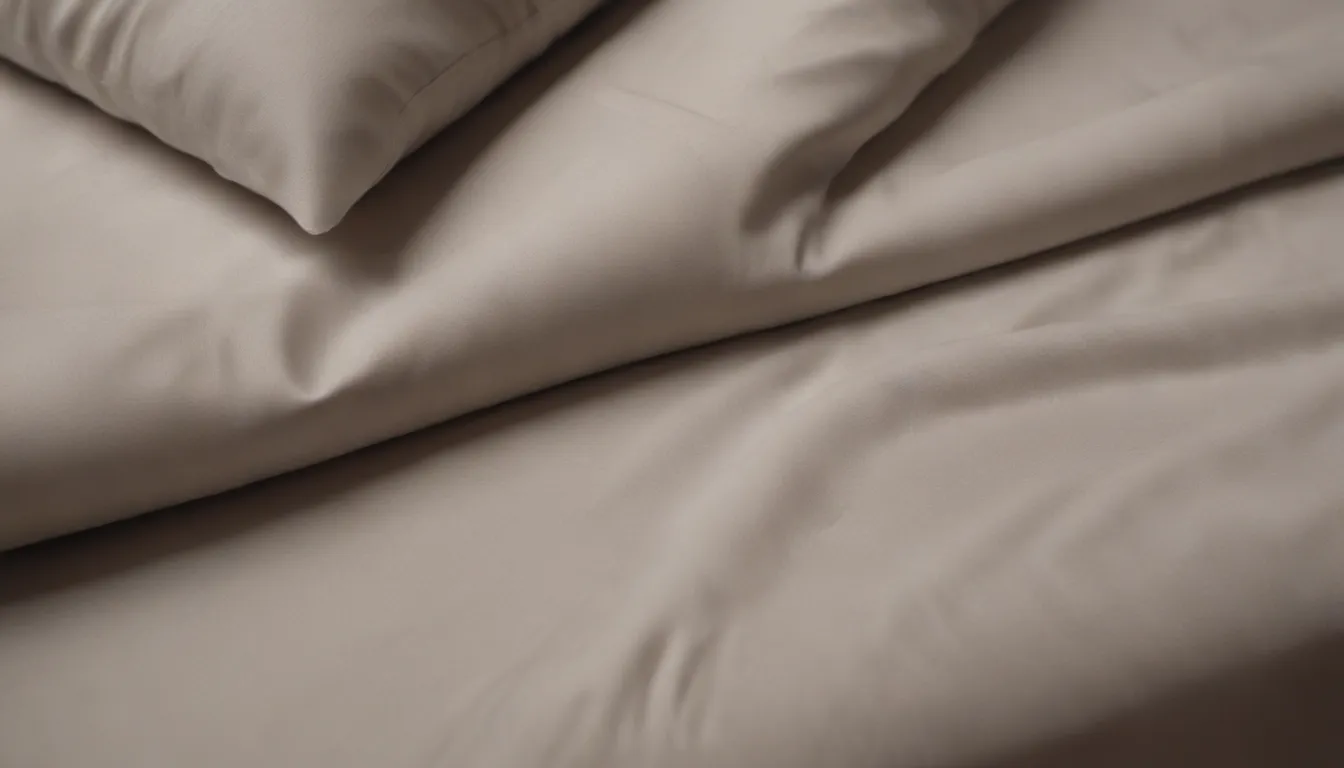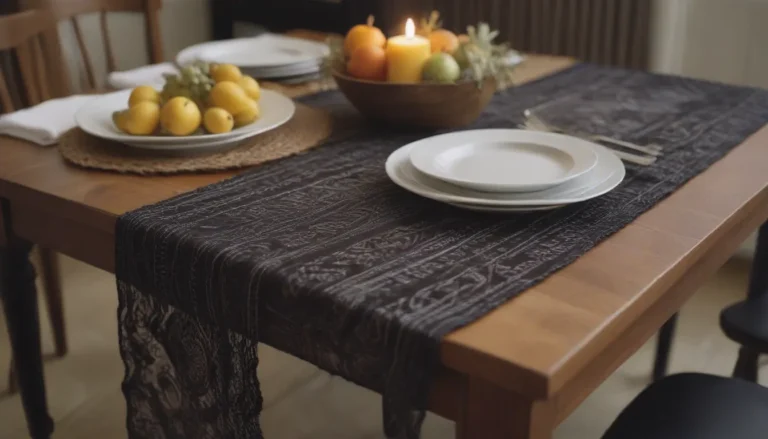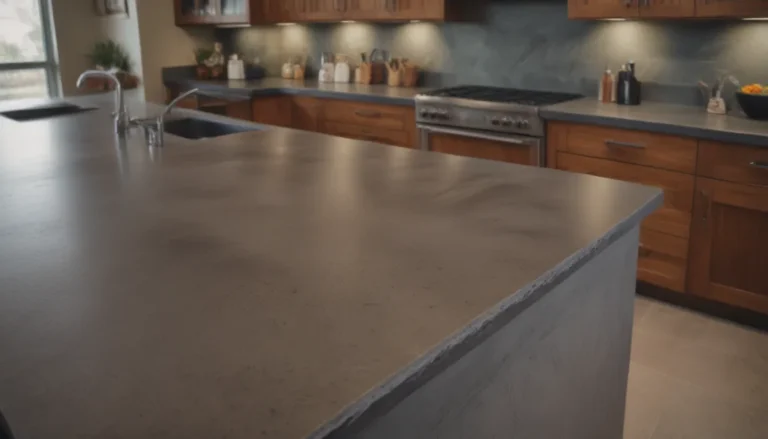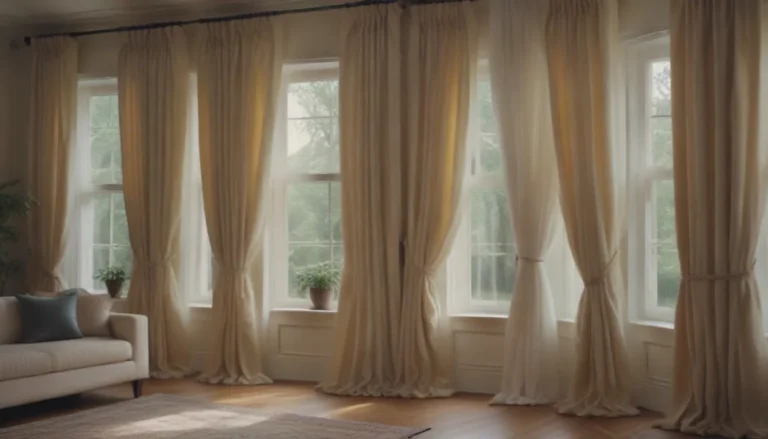Ultimate Bed Sheet Buying Guide: Everything You Need to Know

Are you in the market for new bed sheets but feeling overwhelmed by the sheer number of options available? Don’t worry, we’ve got you covered! In this comprehensive bed sheet buying guide, we will walk you through everything you need to know to make an informed decision. From understanding thread count to exploring different sheet materials and weave types, we’ll help you find the perfect sheets for your needs.
What Is Thread Count?
Let’s start with the basics – what exactly is thread count? Thread count refers to the number of horizontal and vertical threads woven together to make up one square inch of fabric. A higher thread count generally means a more tightly woven fabric. However, it’s important to note that thread count alone doesn’t determine the quality of the sheets.
Does Thread Count Matter?
Contrary to popular belief, a higher thread count doesn’t always equate to better quality sheets. The type of material used plays a significant role in determining the ideal thread count. For example, linen sheets may have a lower thread count than cotton sheets, but that doesn’t mean they are inferior in quality. It all comes down to the thickness of the threads and the material used.
Sheet Material Types
Bed sheets come in a variety of materials, each offering unique benefits in terms of softness, breathability, and durability. Here are some of the most common sheet materials you’ll come across:
- Cotton: Breathable, durable, and hypoallergenic, cotton sheets are a popular choice for many. Look for a thread count of 400-500 for ultimate comfort.
- Percale: Lightweight and breathable, percale sheets are a great option for warm sleepers. They have a lower thread count but offer a cooling effect.
- Sateen: Known for their silky smooth texture, sateen sheets are tightly woven and ideal for colder months. Look for a thread count between 300-600 for the best quality.
- Linen: Effortlessly chic and luxurious, linen sheets are breathable and durable. Despite having a lower thread count, they are high-quality due to the thickness of the yarns used.
- Flannel: Made from heavyweight materials like cotton, wool, or synthetics, flannel sheets are warm and cozy for colder seasons.
- Bamboo: Bamboo sheets are breathable and soft to the touch, making them a popular choice for hot sleepers. Look for a thread count of 300-500 for maximum comfort.
- Microfiber: Woven from synthetic fibers, microfiber sheets are durable and have a silky smooth texture. They are less breathable but a good option for winter bedding.
Weave Types
The weave of a sheet refers to how the threads are intertwined to create a specific texture. Here are the three most common weave types used for bed sheets:
- Plain Weave: Lightweight and breathable, plain weave sheets like percale are durable and cooling.
- Sateen Weave: Sateen sheets have a silky, shiny texture created by a one-horizontal-to-three-vertical thread ratio.
- Twill Weave: Twill weave sheets are durable and well-suited for colder months, with a one-to-two thread ratio.
When it comes to thread count, different materials have different optimal ranges. Aim for a 400-500 thread count for cotton sheets, 300-600 for sateen sheets, and 80-150 for linen sheets. Percale sheets, while having a lower thread count, are considered top options for softness and breathability.
In conclusion, choosing the right bed sheets involves considering factors beyond just thread count. It’s essential to understand the material type, weave, and personal preferences to find the perfect sheets for your needs. Whether you prefer the crisp feel of percale or the luxurious touch of sateen, there’s a wide range of options available to cater to every preference and budget.
Happy sheet shopping!





